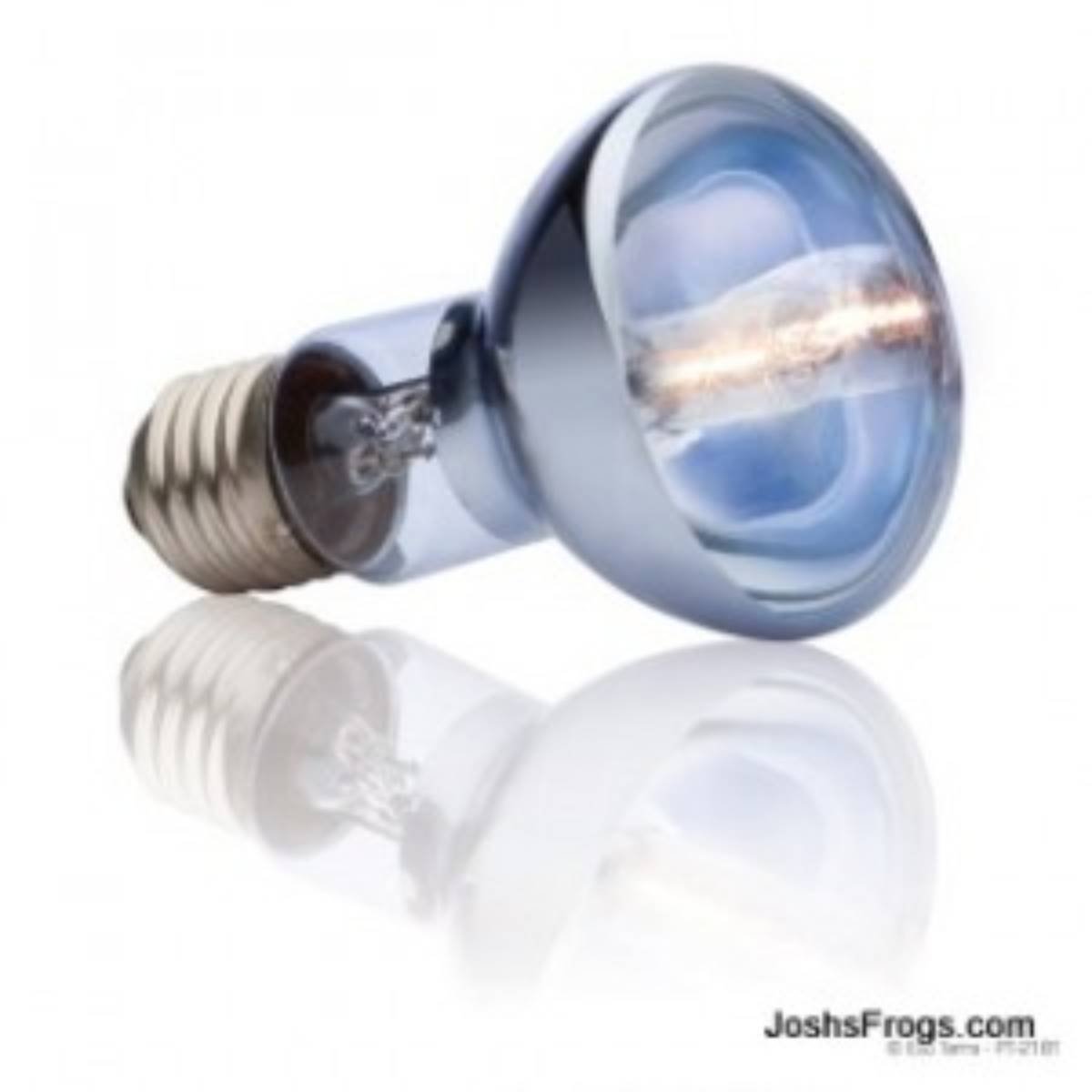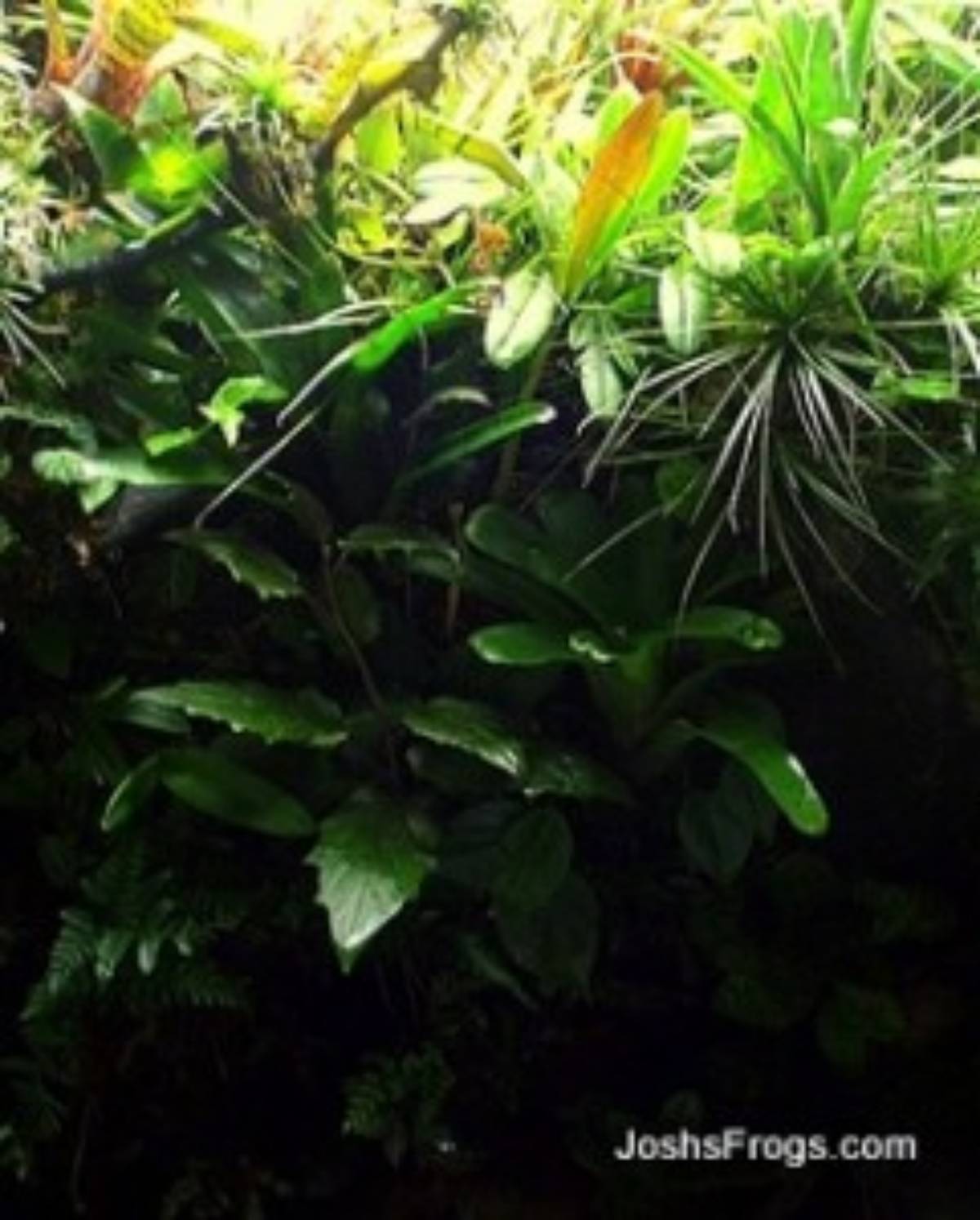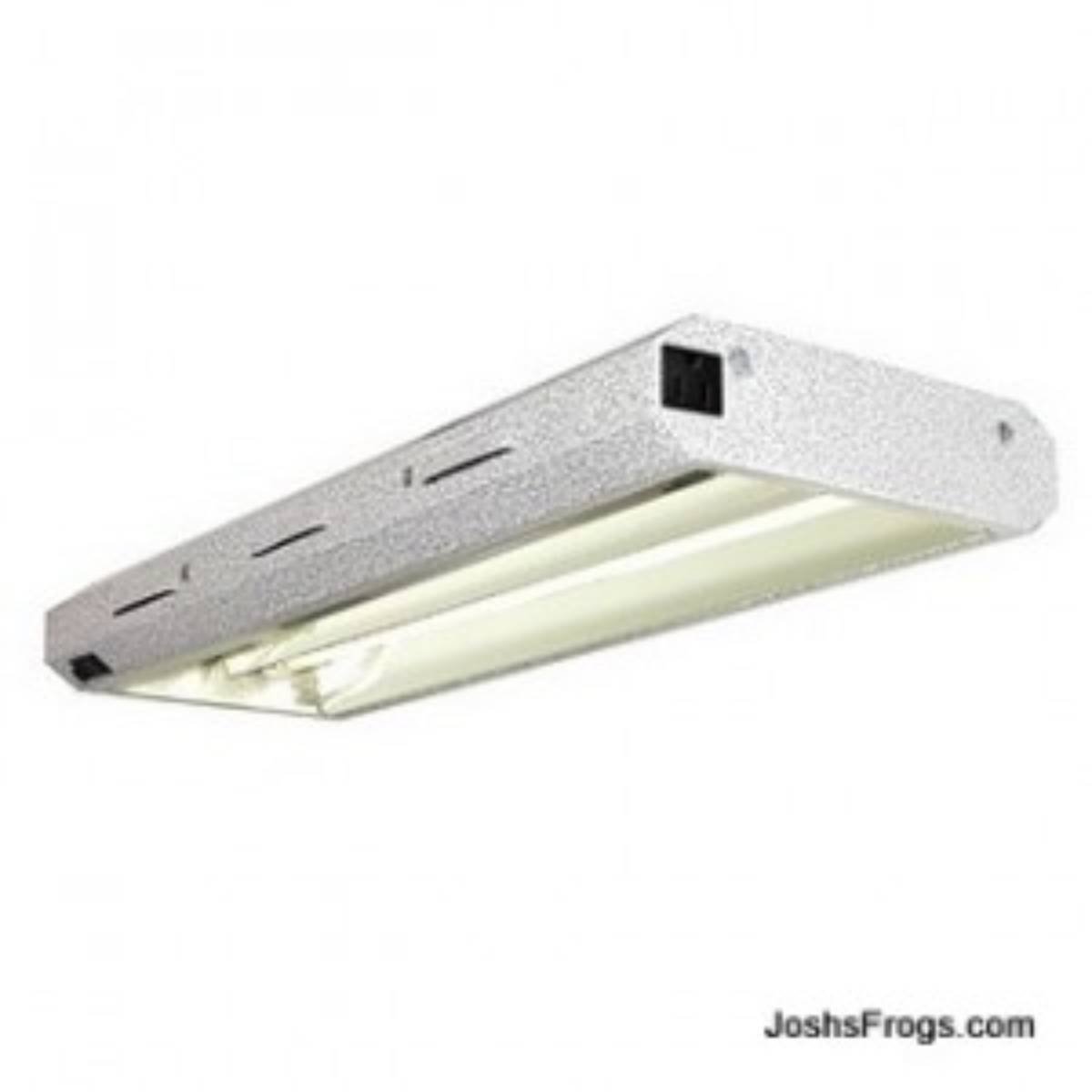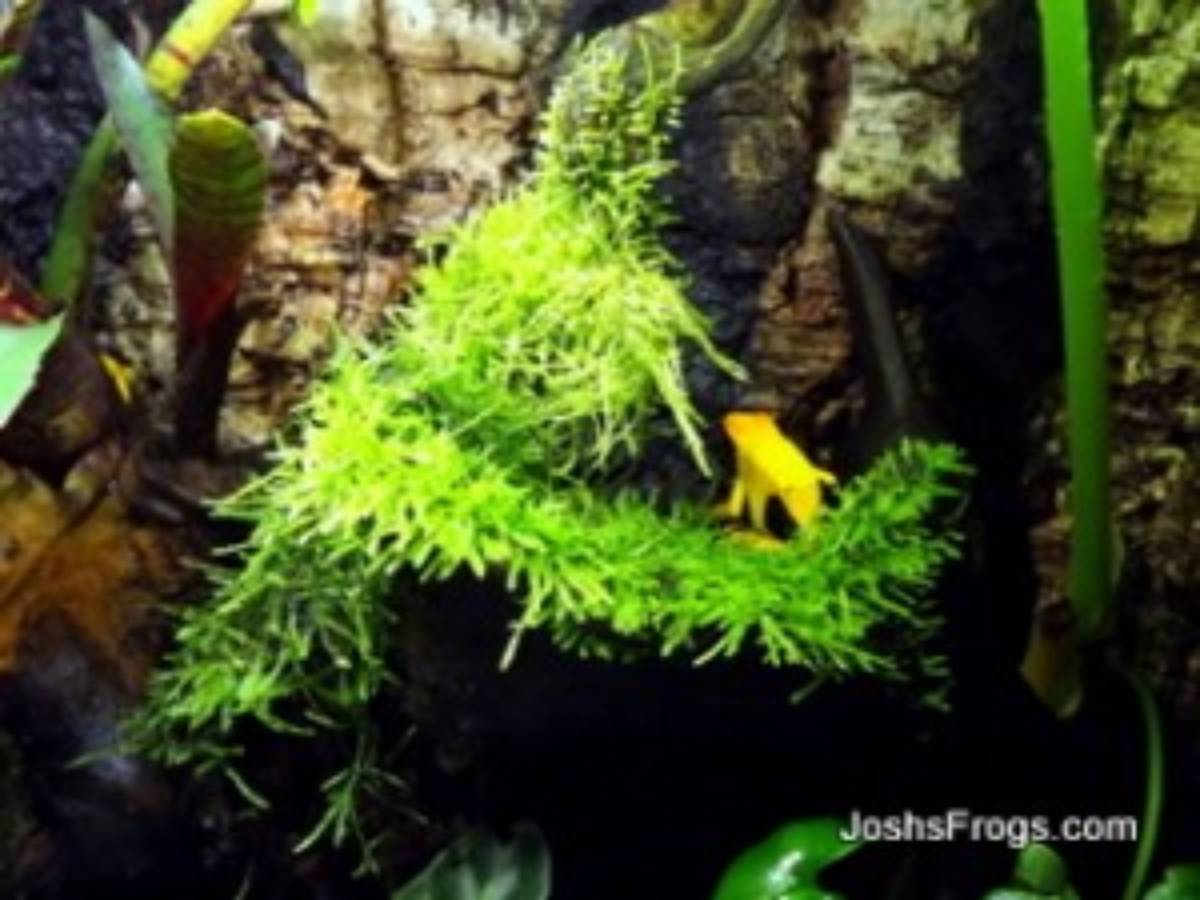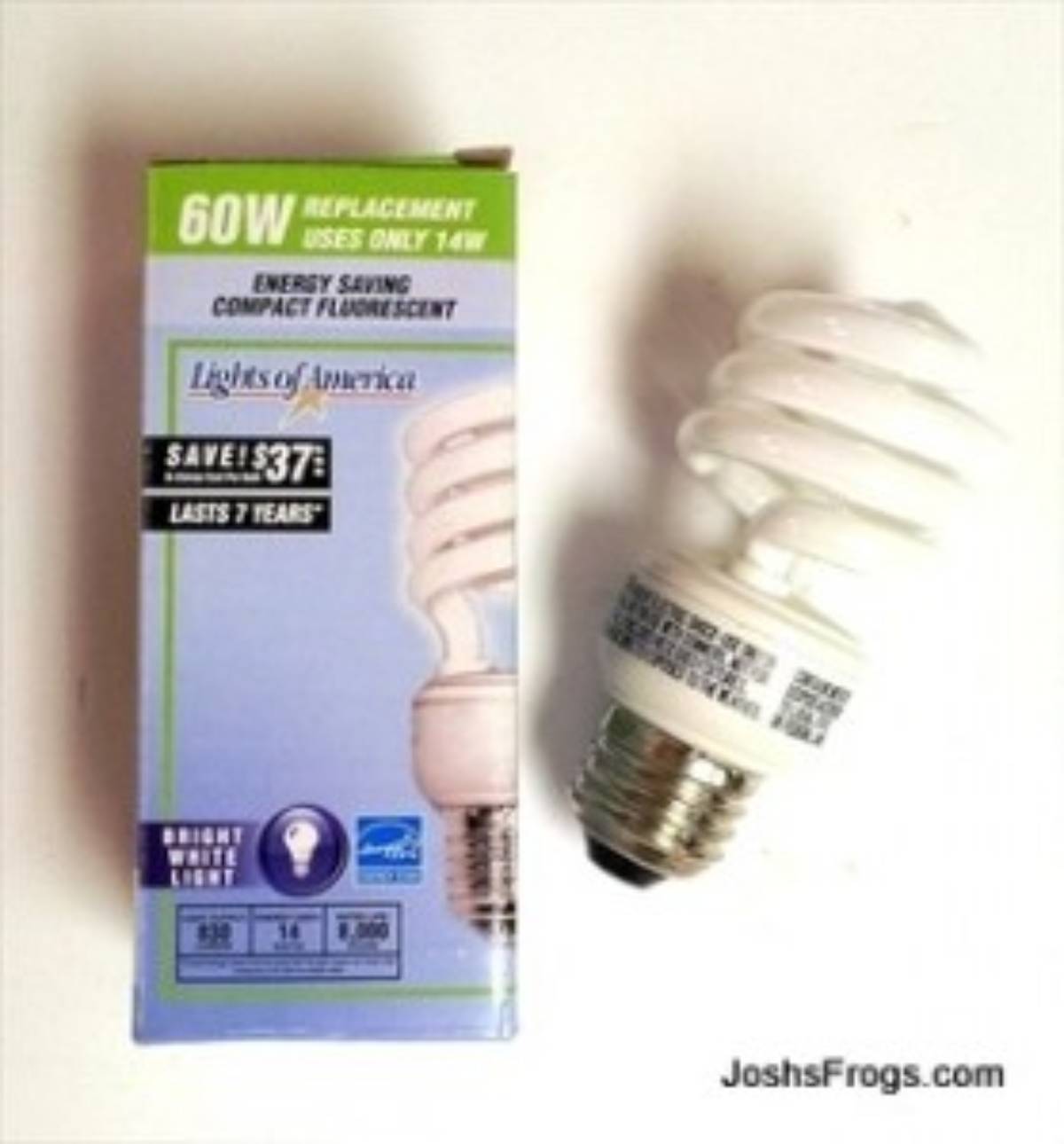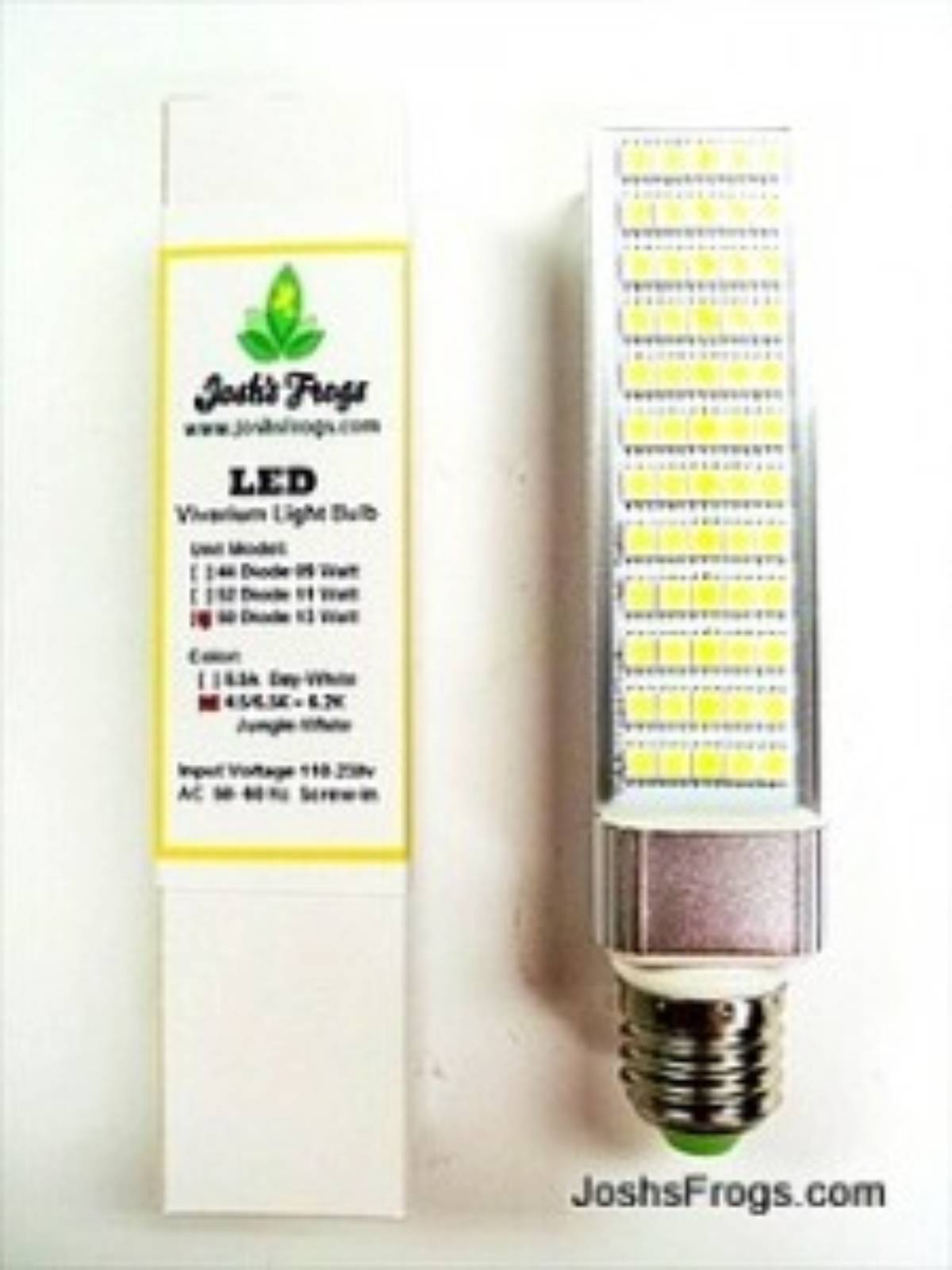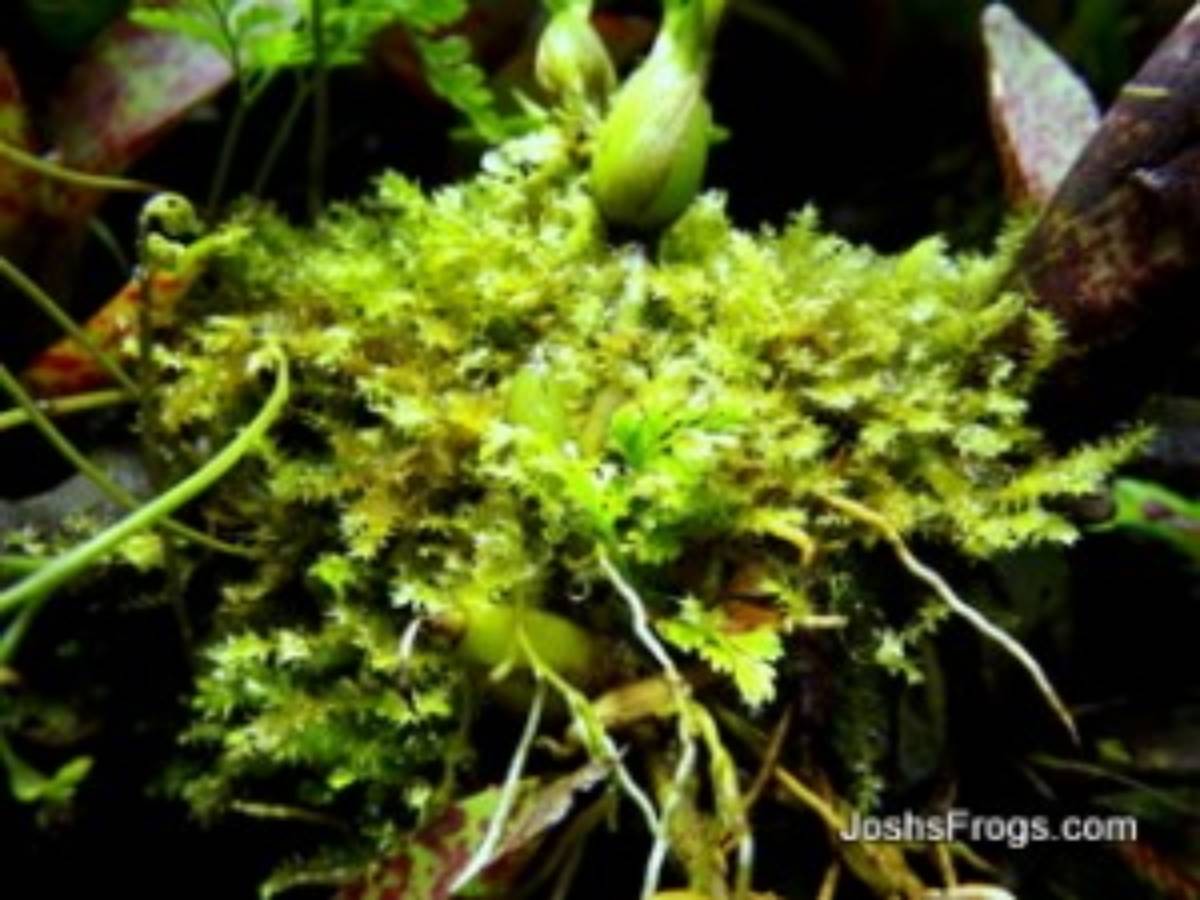Josh's Frogs
Let there be Light!
Lighting for the Home Vivarium
There are more lighting options for the home vivarium on the market today than ever before. From revamped old lighting systems to completely new technology, the vast selection is sure to confuse anyone that's not well versed in the matter. This blog will guide you through the more common types of lighting, and provide their pros and cons.
Incandescent Lighting / Halogen Bulbs
As in most facets of our lives, incandescent lighting is dead. A very inefficient form of lighting, incandescent is best relegated to applications where heat is needed, such as basking areas for reptiles. Some frogs will bask, so an incandescent bulb (or their more efficient cousin, the halogen bulb) may be appropriate in those circumstances, but as a general rule, incandescent or halogen lighting is not appropriate for the home vivaria.
Generally, halogen and Incandescent lighting is not appropriate for the home vivarium.
Pros: cheap, widely available
Cons: low light output, high heat output, short lifespan
T8 and T12 Fluorescent Lighting
T8 and T12 fluorescent bulbs have been a staple of aquarium lighting for years. They are widely available (both at a pet store and home improvement store), relatively cheap, and produce relatively low amounts of heat. T8s are slightly more efficient then T12s, and should be pursued. Stick to bulbs that are rated at 6500K – these will produce a clean, white light.
Pros: relatively cheap, easily available in 6500K spectrum
Cons: low light output
T5 and T5 High Output Fluorescent Lighting
T5HO bulbs do a great job of lighting a vivarium, but the lighting will not extend to the bottom of a tall vivarium.
T5 lighting is an upgrade to T8 bulbs. T5s are narrower, but they produce considerably more light and heat, and consume more energy. I use T5 bulbs in my frog room, which can take advantage of the extra byproduct heat (it's a basement in Michigan). Popular in the hydroponics industry, there are many different brands available – most of which are appropriate for use with the home vivarium.
T5 fixtures are often sold with bulbs – the included reflectors greatly improve the efficiency of the bulb.
Pros: produce a lot of light, more energy efficient than other lights
Cons: produce heat (can be vented or used to raise tank temperatures), can be a little expensive
Power Compact Lighting (PCL)
Power Compact lighting was popular for a while, but now is largely outdated. Power compacts produce a lot of light, but also a lot of heat, tend to be fairly expensive, use a lot of energy, and are fairly fragile. I have used power compacts in the past to light a vivarium, and they were by far the most expensive lighting system to operate.
PCL bulbs can produce plenty of light, but can produce much too heat for use with dart frogs.
Pros: produce a lot of light
Cons: produce heat, expensive to replace bulbs, use a lot of energy, fragile
Compact Fluorescent Lighting (CFL)
With the rise of CFL bulbs as replacements to incandescent bulbs in homes, it comes as no surprise that CFLS are experiencing a rise in popularity in the vivarium industry. They can be picked up anywhere light bulbs can be purchased, and are relatively inexpensive. It is easy to find bulbs rated at 6500K – they are typically marketed as “Daylight” or something similar. The 26w versions produce more light than the 13w bulbs, and are more appropriate for use with a vivarium in most situations.
CFL bulbs are widely available.
Pros: inexpensive, widely available, energy efficient
Cons: fragile, do not produce as much light per watt as some other forms of lighting
Light Emitting Diode Lighting (LEDs)
LEDS are becoming more and more available.
LEDs are the new kids on the block when it comes to vivarium lighting. This technology is still growing, but there are LED lighting solutions on the market that are appropriate for vivarium use. LEDs use remarkably little energy and produce very little heat for their light output. On top of that, the lifespan of an LED is typically 10 years or more! They have been utilized in the hydroponics industry longer than the dart frog hobby has taken advantage of them, and there are several brands available. They can sometimes be a little difficult to find, but are well worth the effort. LED lighting also tends to remain more intense at a distance, allowing the lower reaches of a vivarium to be lit.
LEDs allow light to penetrate deep in the vivarium. This moss is about 18” away from the bulb.
Pros: energy efficient, very long life, very bright, correct spectrum, light penetrates
Cons: initially costly, can be a bit difficult to find
Conclusion
With all of the lighting options available today, it comes as no surprise that making the right choice for lighting your vivarium can be confusing. Hopefully, you've found this guide helpful in making the right choice when it comes to lighting a little slice of jungle in your home.

